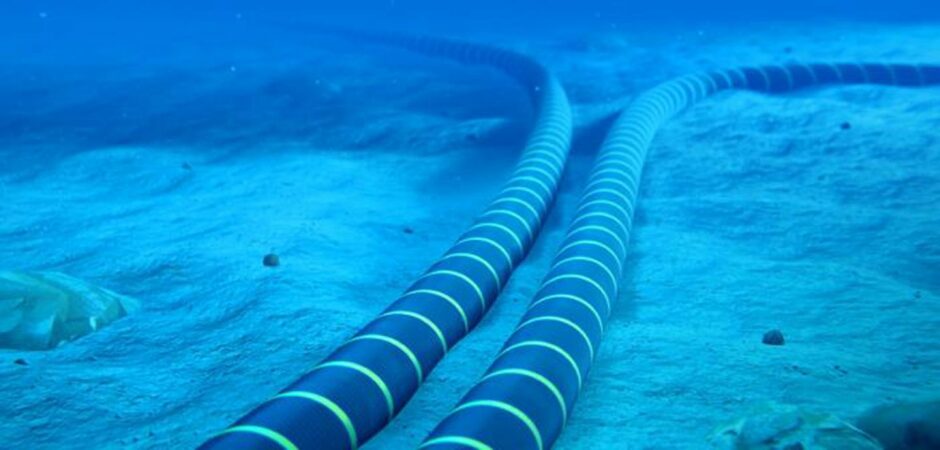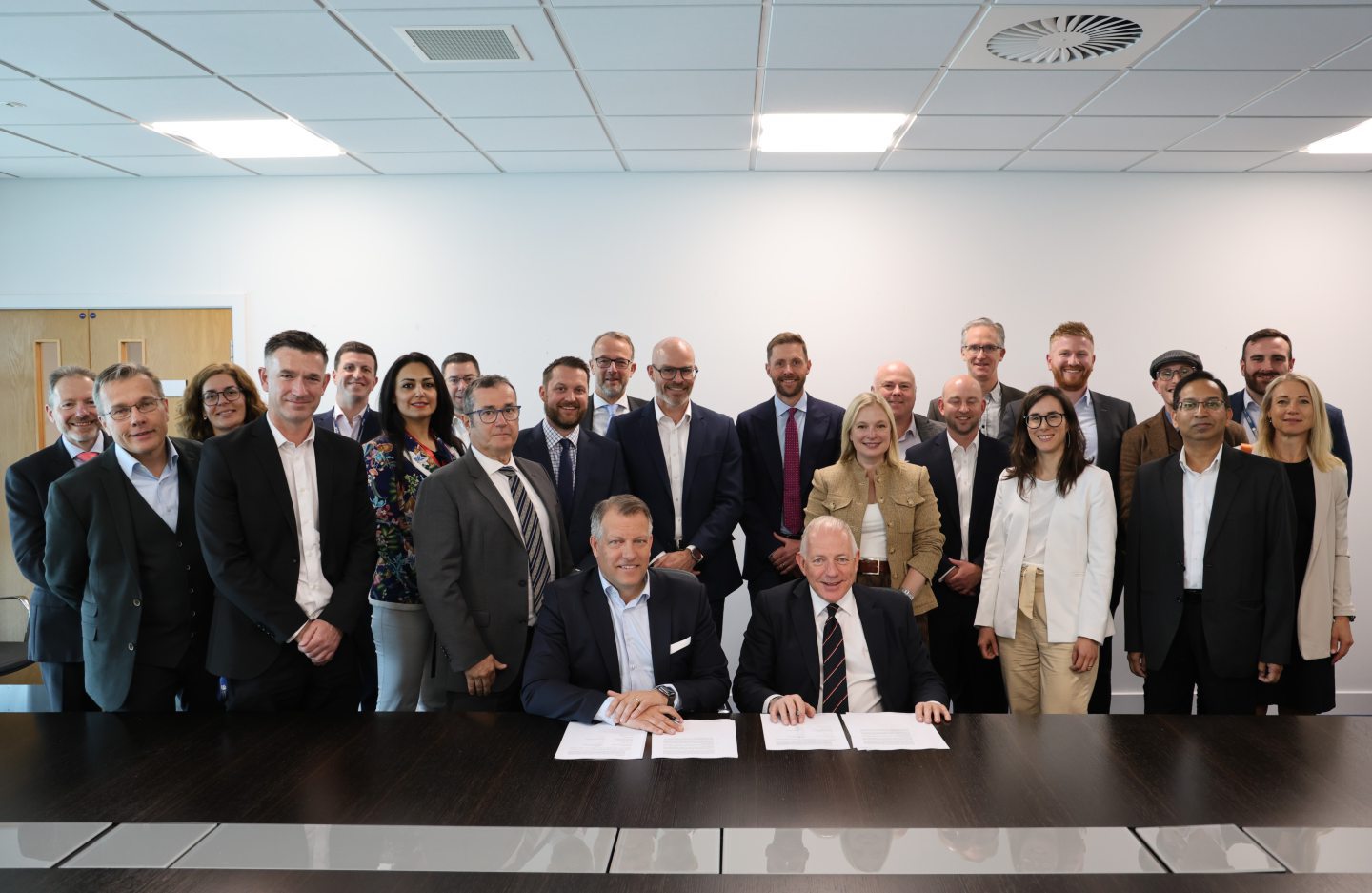 © Supplied by FTI Consulting
© Supplied by FTI Consulting SSEN Transmission and Hitachi Energy have moved two Scottish subsea cable projects closer to completion with the signing of contracts for pre-construction works.
SSEN said the Western Isles and Spittal-Peterhead high voltage direct current (HVDC) remain on track for energisation in 2030.
The Perth-based firm selected Hitachi Energy to deliver four HVDC converter stations for the project in 2023, with the two firms signing a framework agreement in March.
On Tuesday, representatives for the two firms signed contracts for the initial design, engineering studies, and supply chain activity before the construction phase begins.
The Western Isles and Spittal-Peterhead HVDC links form part of SSEN’s Pathway to 2030 programme.
SSEN said the £20bn investment will deliver a major upgrade of the electricity transmission network to transport renewable energy around Great Britain.
Other projects in the works programme include two 2GW HVDC links from Peterhead to England, reinforcements to onshore connections and upgrades to the existing Beauly to Denny line in the Highlands.
The agreement between SSEN and Hitachi follows successful delivery of the Caithness-Moray subsea link and works on the Shetland interconnector, which remains on track for energisation later this summer.
SSEN subsea cable links ‘firmly on track’
SSEN Transmission director of offshore delivery Sandy Mactaggart said the latest project milestone puts the Western Isles and Spitall-Peterhead links “firmly on track”.
“The progress we have made is testament to our strong working relationship with Hitachi Energy, which stands us in good stead as we deliver these important projects harnessing Scotland’s renewable potential and delivering clean energy to people’s homes,” Mr Mactaggart said.
Hitahi Energy’s grid integration managing director Niklas Persson said: “We are excited to build on our long-standing and fruitful collaboration with SSEN Transmission to continue successfully delivering projects in Scotland to accelerate the energy transition at the pace that is needed.
“Electrification of the energy system is vital to achieving net zero, and our state-of-the-art HVDC technology will play a key role to stabilize and reinforce the transmission network, removing constraints and creating skilled job opportunities.”

